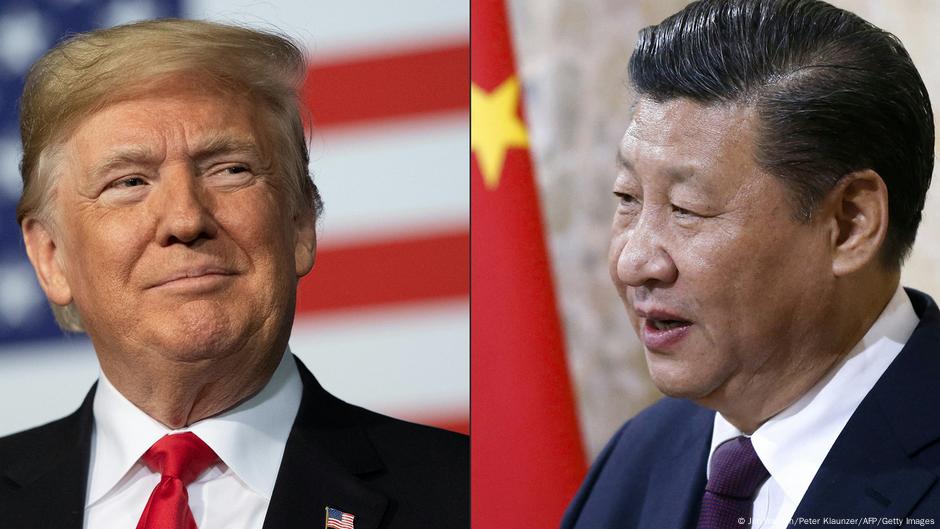Shift in Trump’s Stance on China
After months as a trading pariah, China is now the focus of US President Donald Trump’s efforts to reset relationships and avoid another tariff spiral. Trump had previously described China as "the greatest threat to America" and said that the largest economy in the world had "cheated" for decades, imposing massive tariffs of 145% on Chinese goods.
Reasons for the Shift
The tone shifted just a few months later, with Trump extending the tariff break for China and praising President Xi Jinping as a "strong leader". This shift is likely due to Trump’s desire to avoid a tariff spike, especially with the US holiday season approaching, and to enable negotiations on a broader trade agreement that could include technology, energy, and rare earths. Trump also wants to avoid a full-blown trade war, which could have severe economic consequences for the US.
China’s Leverage
China is the only country that can confront the aggressive political stance in Washington, and Antonio Fatas, a business professor at InSead Business School, believes that Beijing may have leverage over Trump’s strategy. Fatas notes that China was more prepared for a trade war than the US and that a full-blown trade war would bring economic consequences that the Trump government cannot afford.
Rare Earths: China’s Secret Weapon
China’s dominance in rare earths, needed to produce everything from electric vehicles to rocket guidelines, is probably its strongest bargaining chip. The US industries are heavily dependent on Chinese rare earths, making them a crucial factor in the trade agreement. After Trump announced hefty tariffs in April, China imposed export controls on seven rare earths and permanent magnets, hitting US industries hard, including car manufacturers.
Trade Agreement Priorities
Further down the list of priorities, Trump is calling on China to quadruple its purchases of US soybeans, a boost for American farmers and the trade deficit. China is the world’s largest soybean importer, accounting for more than 60% of global demand, mainly for cattle feed and food oil. China, on the other hand, is seeking a permanent rollback in US tariffs, especially in terms of technology and manufacturing, and wants to protect Chinese companies from US sanctions.
Shifting Focus to Domestic Topics
The economist Alicia Garcia-Herrero notes that Trump’s many trade, domestic, and geopolitical challenges, including the Ukraine crisis, are other reasons why he is sparing China. Trump has enough on his plate and has no choice but to offer China more time than others. After the tariff extension, negotiators can focus on the most contentious issues, including avoiding a return to three-digit tariffs for Chinese goods and US exports.
India: The New Trading Villain
While China enjoys additional time, India’s fall from preferred trading partner to villain was quick. The country is now exposed to punitive tariffs of up to 50% compared to 25% for general goods and another 25% for Russian oil purchases. InSead’s Fatas found that India lacks the economic size and power to harm the US economy and suggests that New Delhi work with allies to secure a better tariff.
Avoiding Escalation
Although Trump is alleviating his tone, he is maintaining pressure on China in other ways. Chinese exporters have diverted goods intended for the US via Southeast Asian countries, especially Vietnam, Malaysia, and Thailand, to avoid direct US tariffs. In response, Trump imposed a comprehensive tariff of 40% on all nations suspected of facilitating Chinese rerouting. With the US-China negotiations expected to stretch to the deadline, Garcia-Herrero predicts that China will likely see a lower base tariff, and US companies will receive better access to the Chinese market, to the detriment of the European Union, South Korea, and Japan.

